Subfamily Murinae Rank Species | Phylum Chordata Genus Micromys Higher classification Micromys | |
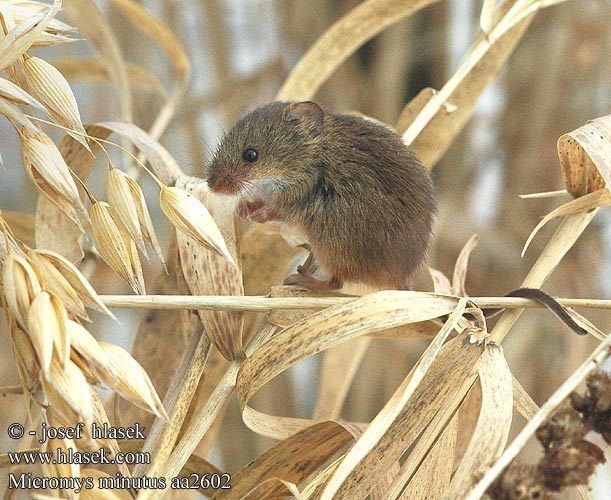 | ||
Similar Rodent, Mammal, Wood mouse, Yellow‑necked mouse, Hazel dormouse | ||
Eurasian harvest mouse
The harvest mouse (Micromys minutus) is a small rodent native to Europe and Asia. It is typically found in fields of cereal crops, such as wheat and oats, in reed beds and in other tall ground vegetation, such as long grass and hedgerows. It has reddish-brown fur with white underparts and a naked, highly prehensile tail, which it uses for climbing. It is the smallest European rodent; an adult may weigh as little as 4 grams (0.14 oz). It eats chiefly seeds and insects, but also nectar and fruit. Breeding nests are spherical constructions carefully woven from grass and attached to stems well above the ground.
Contents

History
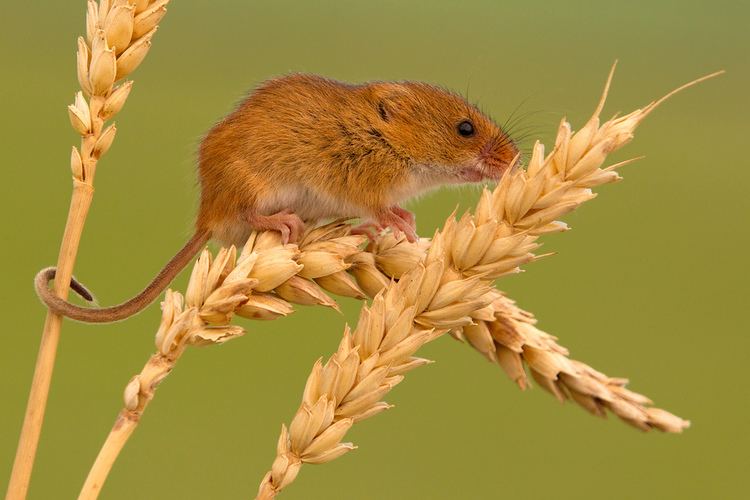
Before the harvest mouse had been formally described, Gilbert White believed they were an undescribed species, and reported their nests in Selborne, Hampshire:
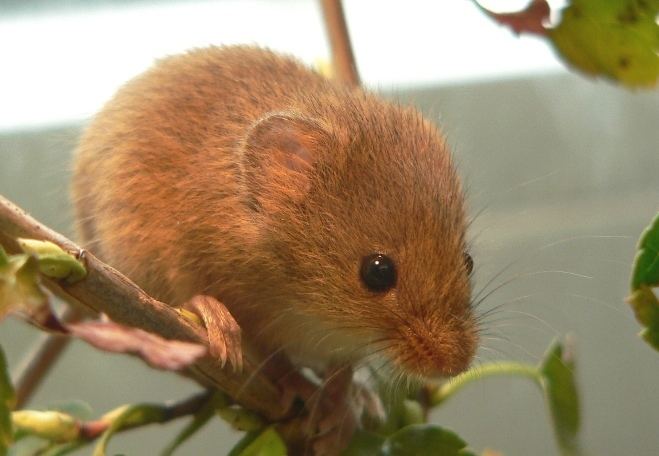
They never enter into houses; are carried into ricks and barns with the sheaves; abound in harvest; and build their nests amidst the straws of the corn above the ground, and sometimes in thistles. They breed as many as eight at a litter, in a little round nest composed of the blades or grass or wheat. One of these nests I procured this autumn, most artificially platted, and composed of the blades of wheat; perfectly round, and about the size of a cricket-ball. It was so compact and well-filled, that it would roll across the table without being discomposed, though it contained eight little mice that were naked and blind.
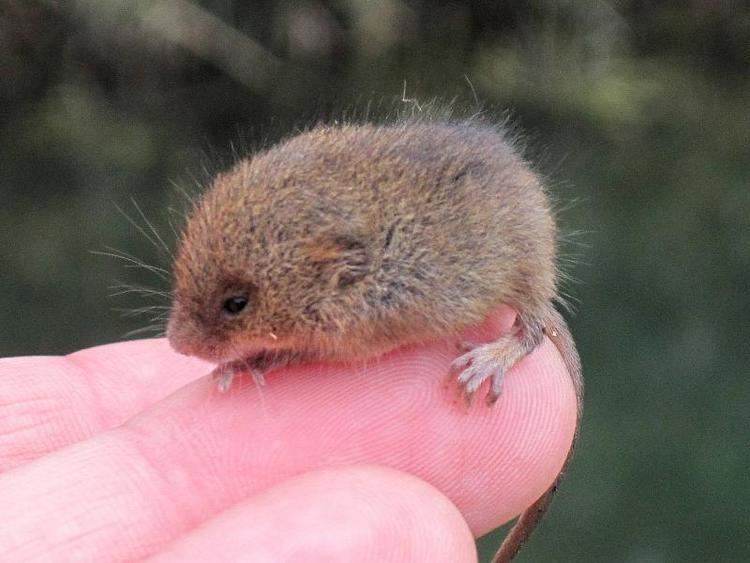
Conservation efforts have taken place in Britain since 2001. Tennis balls used in play at Wimbledon have been recycled to create artificial nests for harvest mice in an attempt to help the species avoid predation and recover from near-threatened status.
Description
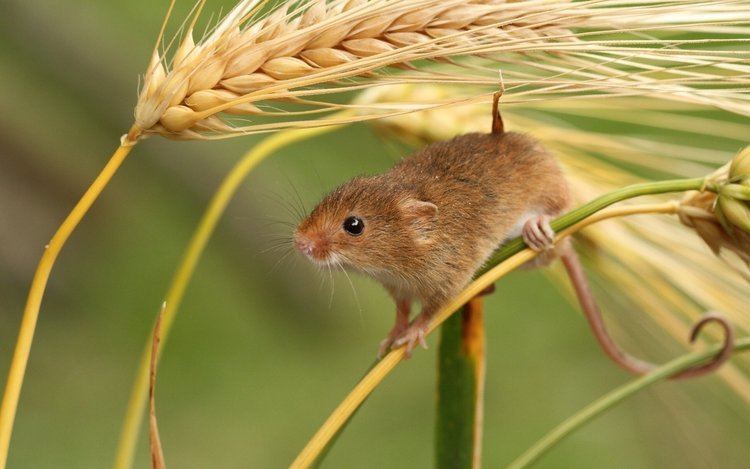
The harvest mouse ranges from 55 to 75 mm (2.2 to 3.0 in) long, and its tail from 50 to 75 mm (2.0 to 3.0 in) long; it weighs from 4 to 11 g (0.14 to 0.39 oz), or about half the weight of the house mouse (Mus musculus). Its eyes and ears are relatively large. It has a small nose, with short, stubble-like whiskers, and thick, soft fur, somewhat thicker in winter than in summer.
The upper part of the body is brown, sometimes with a yellow or red tinge; the under-parts range from white to cream coloured. It has a prehensile tail which is usually bicoloured and furless at the tip. The mouse's rather broad feet are adapted specifically for climbing, with a somewhat opposable, large outermost toe, allowing it to grip stems with each hindfoot and its tail, thus freeing the mouse's forepaws for food collection. Its tail is also used for balance.
